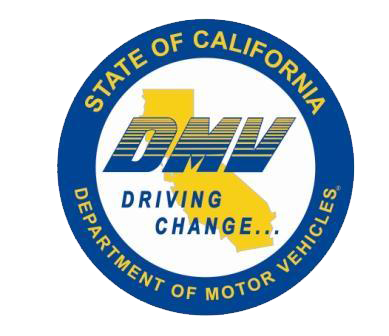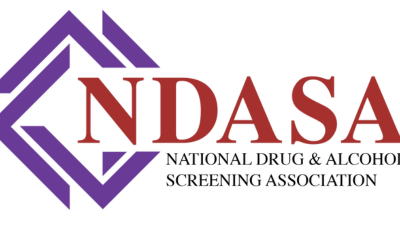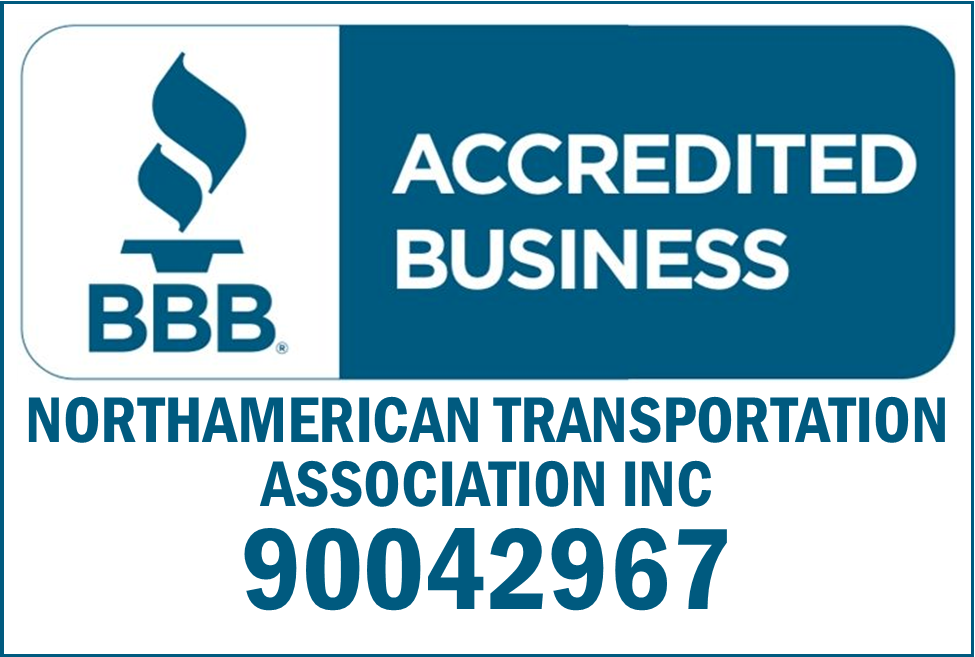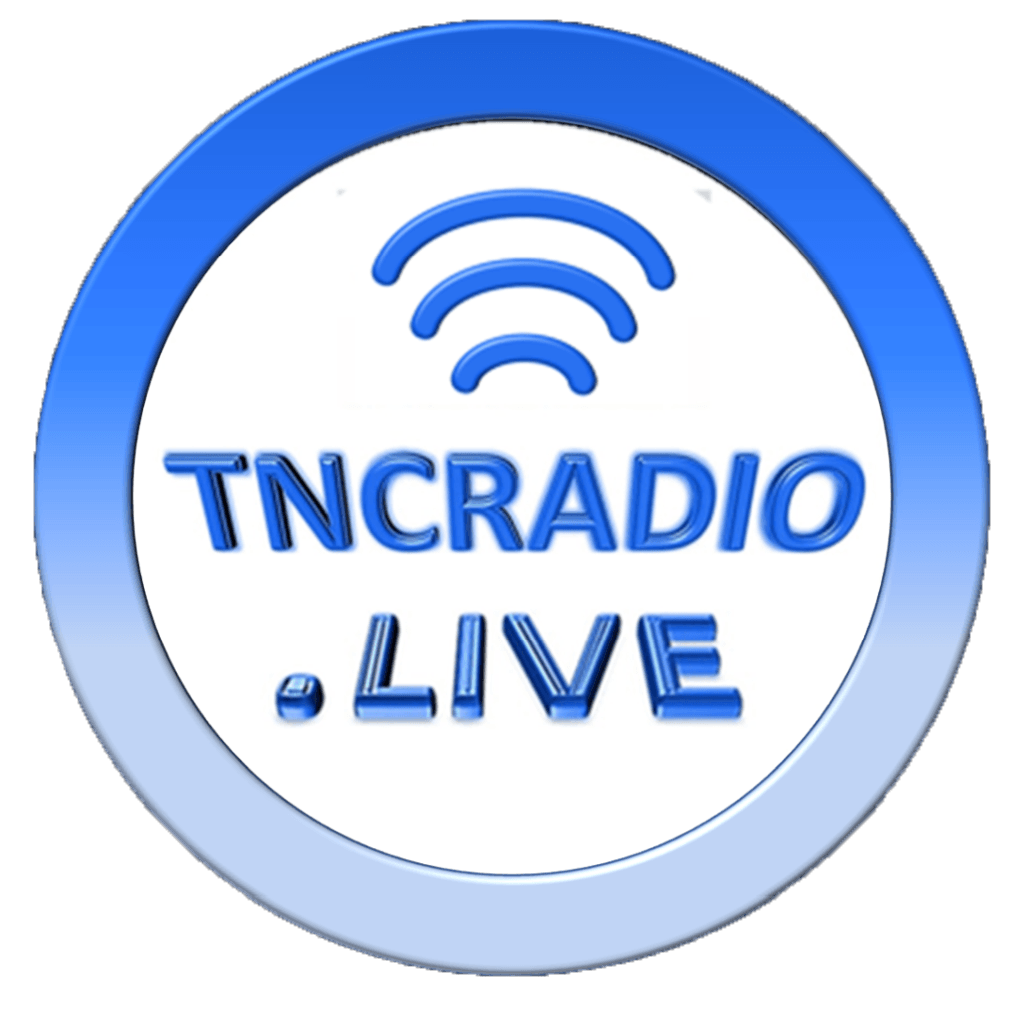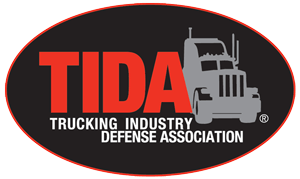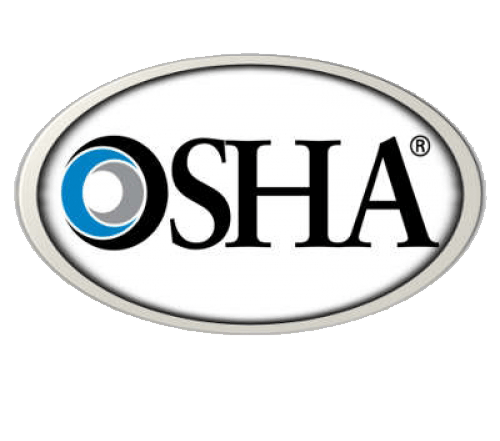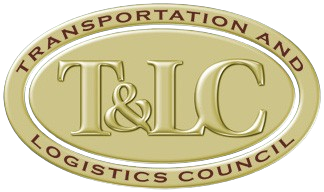What are Officers Looking for During an Inspection When it Comes to Drugs and Alcohol?
Because drugs and alcohol are a focus area during International Roadcheck 2024, many people have been asking:
- What exactly do officers do when it comes to checking for drugs and alcohol during a roadside inspection, and therefore during Roadcheck?
- Do they give the driver a sobriety check?
- Do they search the vehicle?
The answer is simple. The officer follows the regular roadside inspection process.
The regular process
As far as the drugs and alcohol portion of a roadside inspection (which is one of the focus areas of Roadcheck this year), during Step 3 of the North American Standard Roadside Inspection (Greet and Prepare the Driver), the officer is to assess the driver for any signs of impairment (regulations are 392.3, 392.4, and 392.5). The signs include any of the indicators officers normally look for when in contact with any driver, such as:
- Slurred speech
- Inappropriate responses
- Inability to focus, lack of attention
- Inability to remain awake
- Unsteady gait,
- Odors, etc.
This assessment will continue into Step 4 of the inspection (the Interview), and to a lesser degree continue as the inspection goes on.
If, based on the signs the officer observes the officer can develop probable cause the driver is impaired, the officer will conduct a field sobriety test and/or a Drug Recognition Expert (DRE) exam.
During the entire inspection (starting at Step 3), the officer will also be looking for the presence of drugs or alcohol in plain sight in the cab. This involves the officer checking the visible area of the cab when on the running boards or standing next to the truck with the door open.
The key to getting through this portion of the inspection will be the driver:
- Being alert and attentive
- Responding appropriately
- Following the officer's instructions
- Not having drugs or alcohol in the cab
The Clearinghouse component
In Step 8 of the inspection (Examine Driver's License), the officer will examine the driver's license and run a motor vehicle record, or MVR on the driver (the license is collected in Step 5 of the inspection).
During this step, the inspector will also do a Clearinghouse check using CDLIS or a CDLIS-fed system. If the driver is listed is Prohibited, the driver will be cited and placed out of service (regulation is 392.15).
The key to passing this part of the inspection is to make sure drivers know and understand the drug and alcohol requirements and the Clearinghouse (no drugs, no alcohol within four hours of coming on duty, no alcohol in your system, no unmanifested alcohol in the vehicle, etc.).
Also, make sure the company is doing the annual queries on all CDL drivers. As well as showing if there is an issue, the pre-hire and annual queries trigger "push" notifications from the Clearinghouse. These push notifications notify a carrier when a driver queried in the previous 12 months has had information entered into the Clearinghouse on them (and prompt a query on the driver).
Key to remember: During every roadside inspection, the officer will assess the driver for signs of impairment and check the driver’s status in the Drug and Alcohol Clearinghouse. Make sure drivers are aware of this and prepared for it.
Content Disclaimer: Due to the constantly changing nature of government regulations, it is impossible to guarantee the total and absolute accuracy of the material contained herein or presented. NorthAmerican Transportation Association (NTA) cannot and does not assume any responsibility for omissions, errors, misprinting or ambiguity contained. NTA shall not be held liable in any degree for any loss, damage or injury caused by any such omission, error, misprinting or ambiguity present. It is made available with the understanding that NTA is not engaged in rendering legal, accounting or other professional service. If legal advice or other expert service is required, the services of such a professional should be sought.



